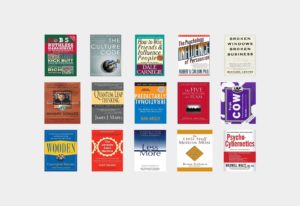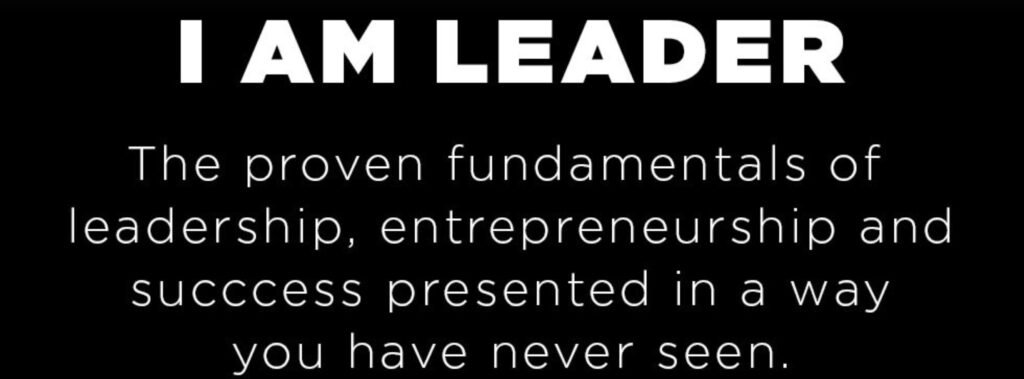Chris Collins conducted a case study on the question of which among the two methods of sending mails is more effective when it comes to generating profit for Fixed Operations Services, the snail mail or email? The study was conducted on two Car Doctor Service Clinics. One was promoted using direct mail while other was marketed through emails. One made more than $120,000 in labor sales and c/p parts while the other hardly pulled through with the method used in automotive marketing.
The analysis started with Chris Collins showing the audience his mailbox. He personally hates snail mail. For him, almost everything can be paid online and it no longer requires a snail mailed bill for you to be able to know the details of your expenditure on a specific period of time, instead, you can always check online and settle your obligation over the internet as well.
Nowadays, most people consider mails that they are getting from snail mail junks. Commonly, what you receive in the snail mail are mostly your subscription of magazines, newsletters, and other publications. Chris Collins’ mentor James Kennedy taught him that snail mail can be classified into three:
- A File – These are mails that are personally addressed to you and communications that you need to open immediately. This may include letters from prospective clients, important subscriptions of newsletter, invitations to special occasions, etc.
- B File – are mails like bills that you can open later.
- C Files – are mails that are not important and you can always throw away.
The objective of the study is to encourage your readers to get to read the mails you are sending them. Thus, when you receive snail mails, always divide it according to the above classification of mails which you ranked according to their importance.
So in conducting automotive Marketing, which is better Snail Mail or Email? In the study, Chris Collins received more than 4,000 emails while he received 3, 980 snail mails that are sent first class to him. One positive advantage of using email is its capability to provide the exact number of people who opened the mail. In the study, a total of 1,131 recipients opened the mails that were sent three times. Another positive advantage of email is its being cost-free, thus you can send messages as often as you want without incurring additional costs.
From the total of more than 1, 000 who opened the emails, about 106 appointments were set. From this number, 61 people showed and the company made total revenues of $15, 000 on sales.
In contrast, there is no way to know how many people opened the invitation through snail mail. Yet, in two weeks’ time, it resulted to 255 appointments. Since there is a limitation with accommodation, the number of appointments made through snail mail is divided into two. A total of 221 showed the positive response on attendance is attributed to the constant follow-up and confirmation made a day before the event. The event led to total sales of $112, 000 on parts and labor.
Based the figures above, Chris Collins encourages the use of direct mail. However, it should be applied and used complementary to using email as electronic messaging can be used for follow-ups of the same content. Generally, using an option that comes with personal touch and backed-up with follow-ups is more effective than using an approach where most people consider senders as spammers.










